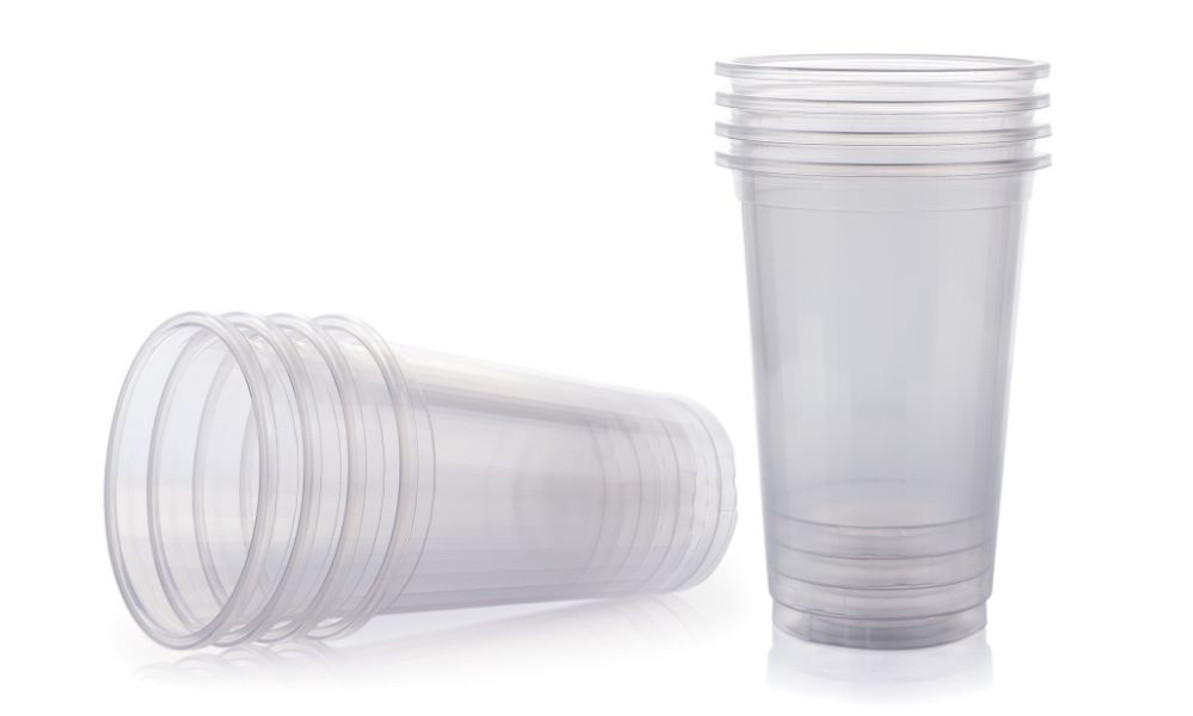Cold vs. Hot: How PET Plastic Cups Hold Up
The demand for sustainable, versatile, and efficient packaging solutions has led to the widespread use of PET plastic cups in various industries. Another key consideration when selecting packaging materials is their resilience under varying temperatures. Read on to explore how PET plastic cups hold up against hot and cold elements.
Resistance to Cold
PET plastic cups are commonly used for cold beverages due to their excellent resistance to low temperatures. These cups maintain their form and clarity even when subjected to freezing conditions. Their low-temperature flexibility ensures they don’t become brittle or crack when filled with icy liquids, making them perfect for smoothies, cold sodas, and other chilled drinks.
Performance With Heat
When it comes to handling hot contents, PET plastic cups aren’t the first choice since they tend to soften or deform when exposed to high temperatures. Therefore, they’re not recommended for boiling liquids or piping hot beverages. That said, specific grades of PET are designed to tolerate some heat, but for daily use, it’s best to stick to their cold-resistant prowess.
Clarity and Appearance
Despite temperature fluctuations, PET plastic cups boast impressive clarity. This crystal-clear appearance benefits businesses looking to showcase the vibrant colors of their beverages. Whether it’s a rich iced coffee or a refreshing blue raspberry slush, PET cups ensure that each drink’s visual appeal is never compromised.
Eco-Friendliness
PET plastic is known for its recyclability. These cups can be recycled when properly disposed of, reducing their environmental impact. Their ability to withstand cold without cracking also means fewer breakages and waste. Though their heat vulnerability can be a drawback, their recyclability under cold conditions is a definite advantage in promoting sustainable packaging.
Affordability and Versatility
PET plastic cups provide an affordable alternative to glass or ceramic options. Their lightweight nature reduces shipping costs, and their durability ensures fewer replacements. Moreover, they’re versatile, used not just for beverages but for storing cold desserts, parfaits, salads, and more, making them a favorite in various food industries.
Now that you know how PET plastic cups hold up against cold and hot temperatures, you can make informed decisions for your business or personal use. While these cups excel in handling cold contents, it’s essential to be aware of their limitations with heat. Ultimately, their clarity, eco-friendliness, and affordability make them a prominent choice in many scenarios.
Recent Posts
-
Pros and Cons of Disposable vs. Reusable Plates
Choosing between disposable and reusable plates affects your budget, environmental impact, and daily …Oct 30th 2025 -
Dos and Don’ts When Sourcing Catering Boxes
Catering boxes play a critical role in your food service business. They protect your carefully prepa …Oct 30th 2025 -
The Ultimate Guide to Aluminum Foil Food Packaging
When your restaurant needs to select containers for take-out items or catering events, it has many o …Oct 7th 2025




